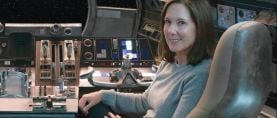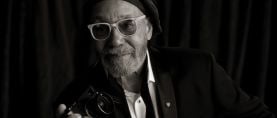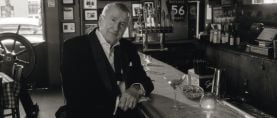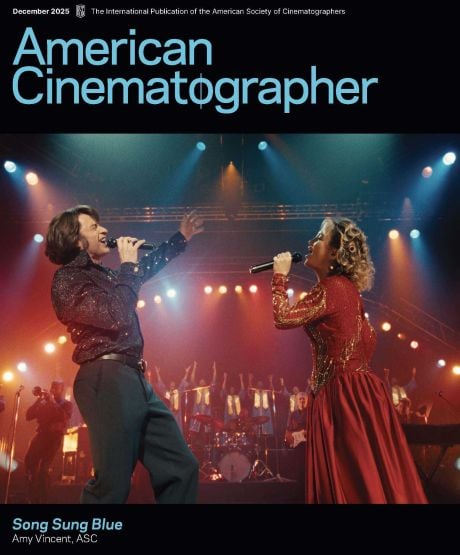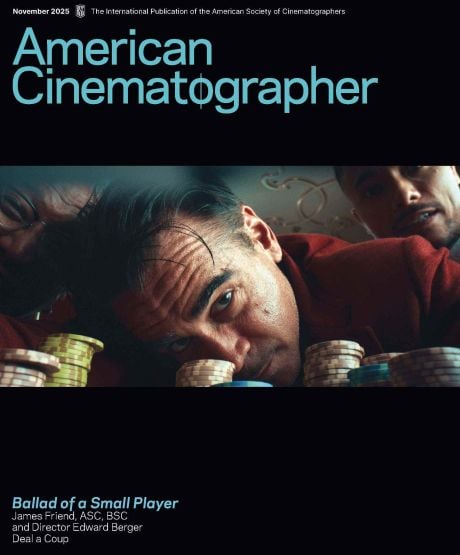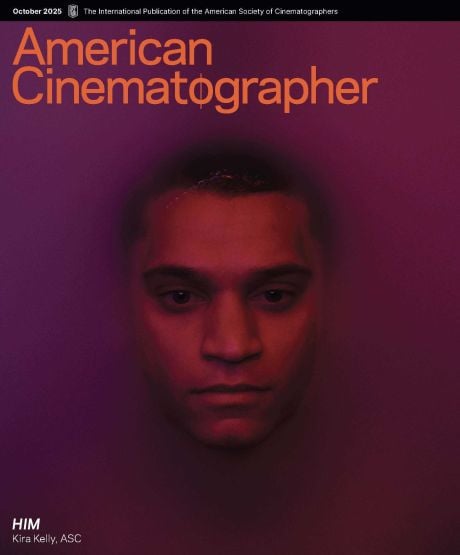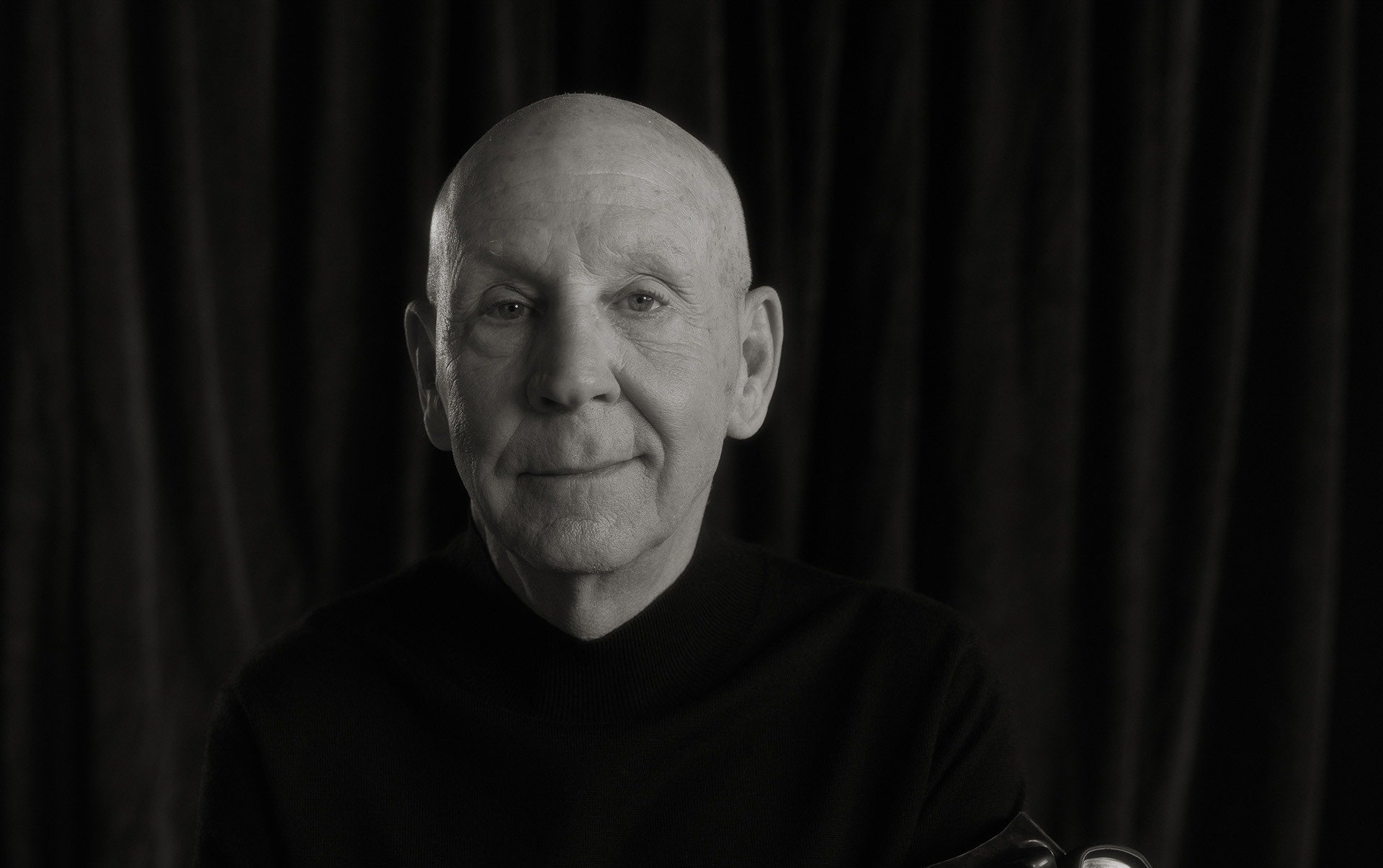
Pete Romano, ASC: Deep Dive
Recipient of the 2025 Curtis Clark ASC Technical Achievement Award, the underwater specialist has spent a unique career working between two worlds.
With the eye of an artist, exactitude of an engineer and resolve of a Navy man determined to accomplish the mission, Pete Romano, ASC has been advancing the craft of underwater cinematography for 50 years. When the Boston native took his first dive with a camera for the U.S. Navy in 1973, he could not have predicted his path would lead to Hollywood, but he knew he had found his calling.

“And after all this time, it’s still fun!” he marvels. “How’s that?”
When Romano accepts the Curtis Clark ASC Technical Achievement Award at the Society’s annual gala on Feb. 23, he will be celebrated as a specialist who supports artistry through innovation. (Previous recipients were optical engineer Dan Sasaki and visual-effects expert Sam Nicholson, ASC.) HydroFlex, the company Romano founded, has for decades provided filmmakers with underwater camera and lighting solutions, two of which have been recognized with AMPAS Technical Achievement Awards: the SeaPar 1.2K HMI (developed with Richard Mula) and the Remote AquaCam housing.
Romano has also long demonstrated his own artistry as an underwater cinematographer, creating shots and sequences that convey chaotic combat (Pearl Harbor) and sun-drenched reverie (The Tree of Life), dramatic reveals (Waterworld) and piercing moments (Saving Private Ryan), droll comedy (The Life Aquatic with Steve Zissou) and spectacular action (three features in the Mission: Impossible series). Whether the call sheet demands a dive tank or open water, he loves to jump in and help tell the story. (See AC Oct. ’21.)
Putting His Housings In Order
Romano’s passion for the craft and keen desire to make a living at it motivated him to learn machining and build his first housing, for a Cinema Products 16mm GSMO, in the early 1980s. He did the work on nights and weekends in the machine shop at Industrial Light & Magic, where he was assisting visual-effects cinematographer and future ASC member Bill Neil.
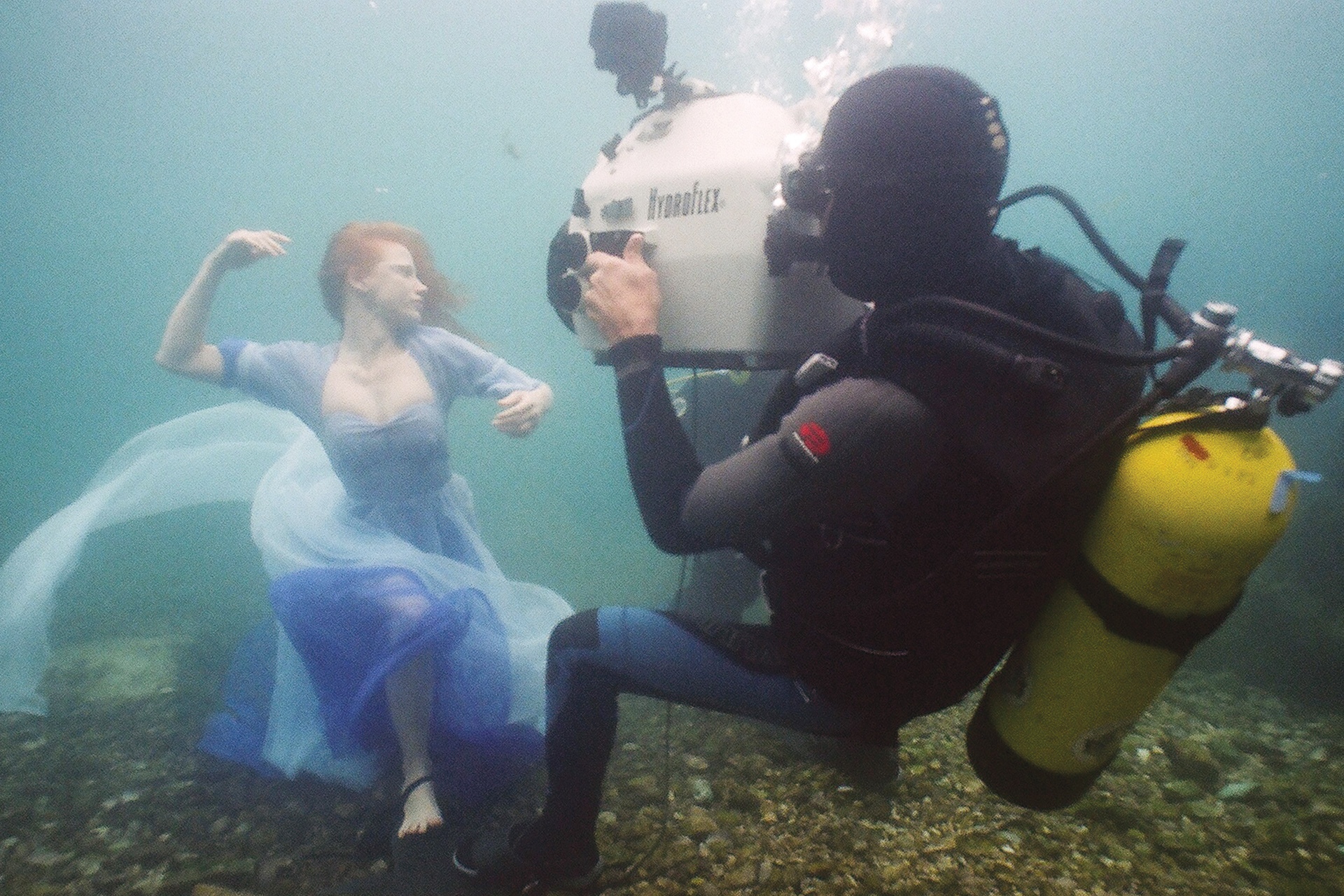
“In those days, you were lucky to find [underwater] equipment that didn’t flood and let you understand where your frame was,” he recalls. “It was somewhat disheartening — a lot of side finder wind-up Bolex cameras and old incandescent underwater Birns & Sawyer lights. I shot a swimming-pool commercial using a Bolex I’d rented from Adolph Gasser’s in San Francisco, a wind-up with a side finder. It worked great — until I went in for the close-up, and the close-up was way off frame because I didn’t understand completely. I had to reshoot that, and it was a very valuable lesson to me. I realized pretty quickly that I’d need to build my own equipment in order to pursue my goals.”
After moving on to Richard Edlund, ASC's VFX house Boss Film Studios to work as an operator, Romano was hired by the Cousteau Society to help design a housing for its custom 35mm underwater-camera system. He maintained the spherical-tube design of Jacques-Yves Cousteau’s previous housings, creating a round solution for the 400’ model and an elliptical solution for the 1,000’ model; these became the foundation for production housings he would design down the road. “Hydrodynamically, you can’t do any better than a circle,” he observes.
Setting Standards
Romano understood that underwater cinematography was destined to remain a small niche as long as there was no standardized equipment that could accommodate current motion-picture cameras. So, he created a housing for the Arri 35-3, the workhorse of second units at the time. “The shape of the camera dictated the design, with the housing’s more angular shape mirroring the camera body and mags,” he notes.
Romano proved the concept shooting B camera on Jaws 3D and Splash for underwater cinematographer Jordan Klein. Shortly thereafter, with support from Denny and Terry Clairmont and Alan Albert at Clairmont Camera, he designed and built HydroFlex 35-3 housings with video assist and high-speed capability. Soon, they were in demand.
Underwater lighting needed to be advanced, too, and Romano and Mula did that by creating the first underwater HMI, the award-winning 1.2K SeaPar, for James Cameron’s The Abyss (shot by Mikael Salomon, ASC; AC Dec. ’89). For the production’s VFX team, Romano also designed housings for the Panavision High-Speed Hand Held 65mm and the Mitchell VistaVision Butterfly.
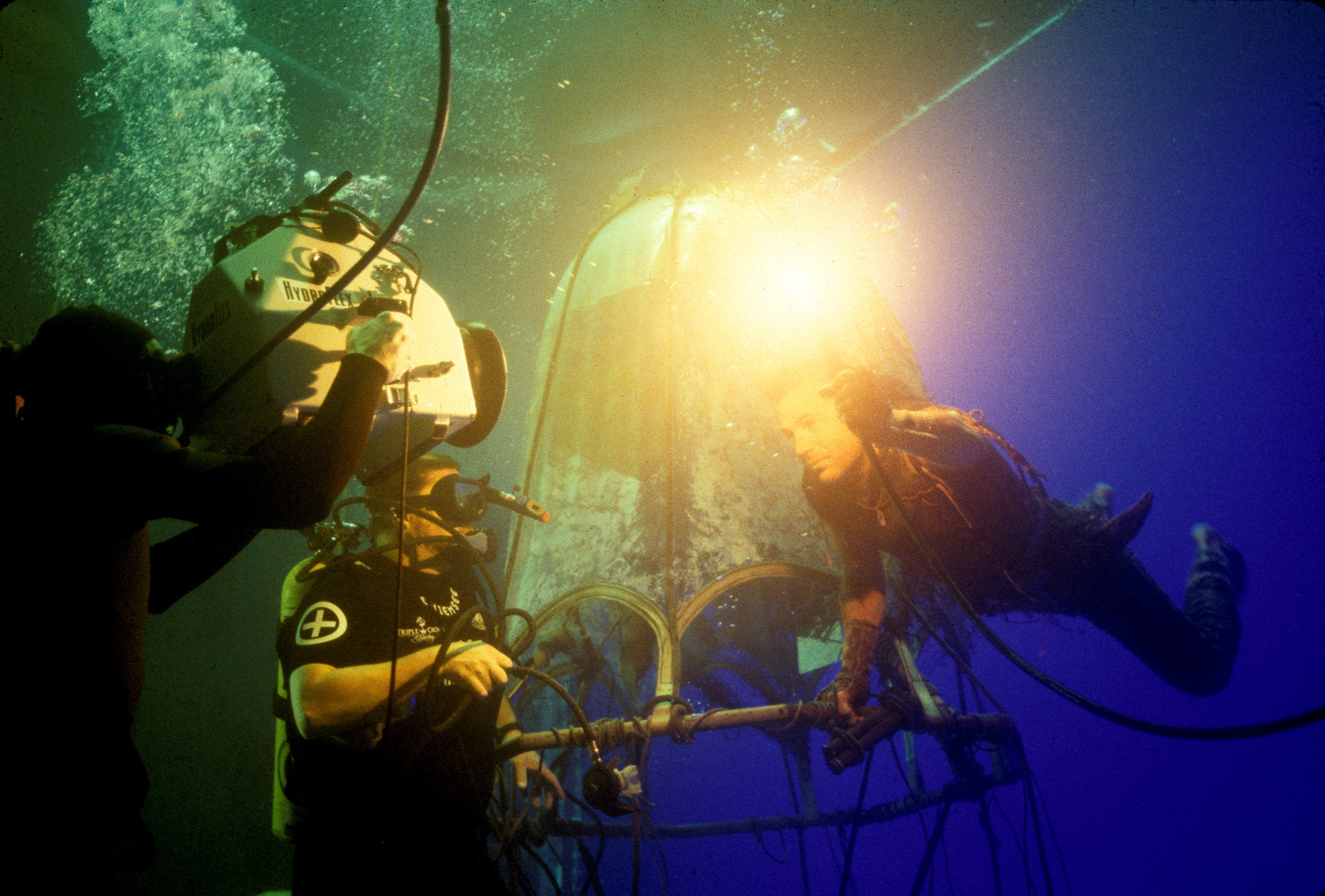
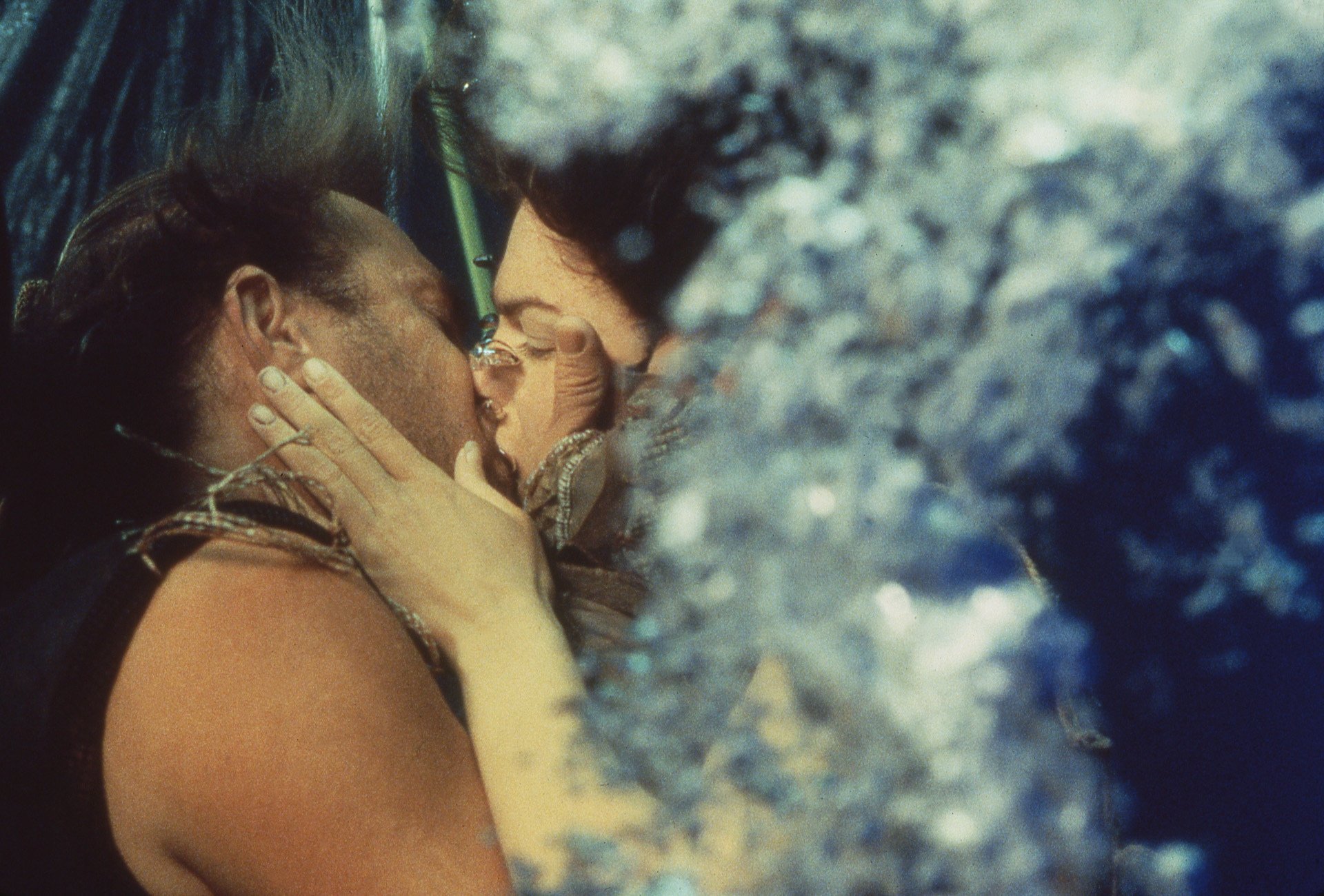
On-Set Ingenuity
HydroFlex had developed a full line of underwater HMI and incandescent fixtures by the time Romano served as underwater director of photography on Waterworld (1995) for Dean Semler, ASC, ACS. A pivotal underwater greenscreen sequence he shot with Kevin Costner and Jeanne Tripplehorn called for all 100 1Ks in his inventory. Discussing the waterborne production with AC (Aug. ’95), Semler enthused about Romano’s many contributions to the project, including tiny water deflectors that squirted compressed air on the camera lens to keep it clean, and housings that enabled the main camera operators to work handheld at surface level and then drop the camera a few feet lower and keep shooting.
“A lot of my ideas, even inventions, were spurred by being on set and seeing what production was up against, what the crew was up against, and wondering how we could make it easier and better,” Romano says. “All that time in production has definitely given me an advantage in designing things that work.”
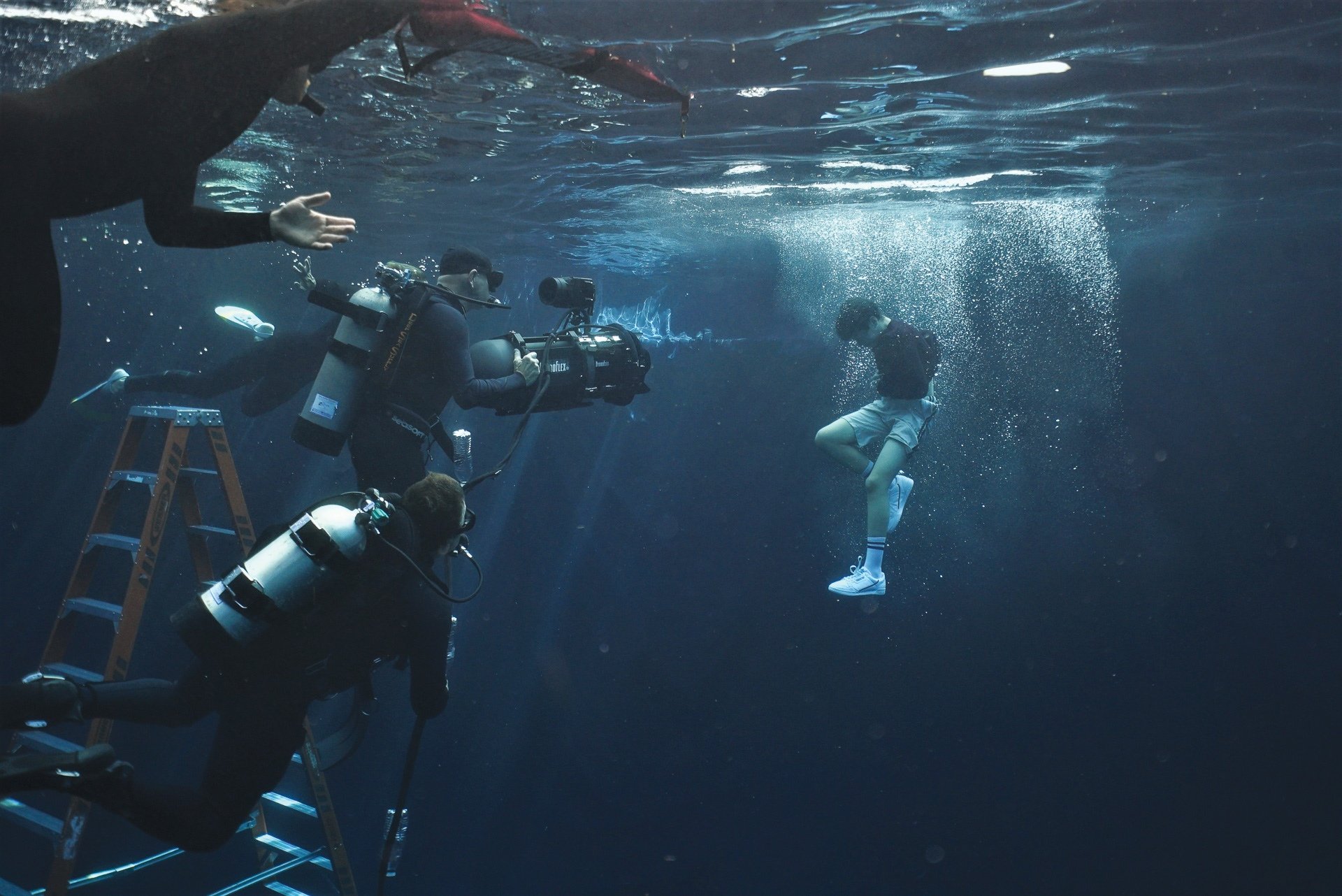
RAC in Focus
Romano conceived the Remote AquaCam, which eventually proved vital to HydroFlex’s evolution in the digital age, for Caleb Deschanel, ASC on Message in a Bottle (1999). Deschanel wanted to mount an underwater housing on a Libra head, so that a 35mm Pan-Arri could dip into and out of the water to capture Kevin Costner struggling in the waves during a storm. For the solution, Romano returned to the tubular design used for the Cousteau Society, asked SL Cine to create custom straight-back film magazines to fit in the tube, and asked Howard Preston of Preston Cinema Systems to integrate his three-motor lens-control system. Deschanel got the shots he wanted, and the RAC brought Romano his second Academy Technical Achievement Award in 2002. When the Arri 435 replaced the 35-3 for most 2nd-unit work, he modified the housing accordingly.
When digital came in, Romano initially considered customizing the RAC for specific camera models. ASC President Shelly Johnson recalls receiving one on Captain America: The First Avenger (AC Aug. ’11), which called for a submarine sequence to be shot in the tank at Pinewood Studios. Johnson planned to use the Panavision Genesis. “When I contacted Pete to ask for a Genesis housing, he said, ‘Well, I don’t have one,’ and as we discussed the options, he offered to make one,” says Johnson. “He warned us about the heat because digital cameras run hot, which can lead to problems topside if you leave the camera running in a housing. We took him up on the offer, and in the meantime, he sent along a housing for the Arri 35-3 so we could shoot the sequence on film if we had to. Some weeks later, the new housing arrived, and we opened the box and were immediately overcome by paint fumes because it had been freshly painted, packed up and rushed off to us. [laughs] It actually arrived the morning of the shoot, and we were ready to go on film, but we put the Genesis in the housing and it fit beautifully — perfectly, like we had done it a thousand times. Under it went, and there were no problems at all.”
As digital-cinema cameras began to proliferate, it became apparent they would have no standard shape or size. “I had to rethink my whole approach to this business so I could continue shooting,” Romano says. “A housing designed for a specific film camera was useful for a dozen years or more, but with a digital camera, you’re lucky to get a year out of it. With all the cameras coming out, that just wasn’t feasible.”
He took the RAC back to the workbench and redesigned the interior. “The rear part of the housing matches what I designed in 1997 exactly, but by using different base plates and connectors, it can now accommodate more than 30 cameras. It’s the Swiss Army Knife of underwater housings.”
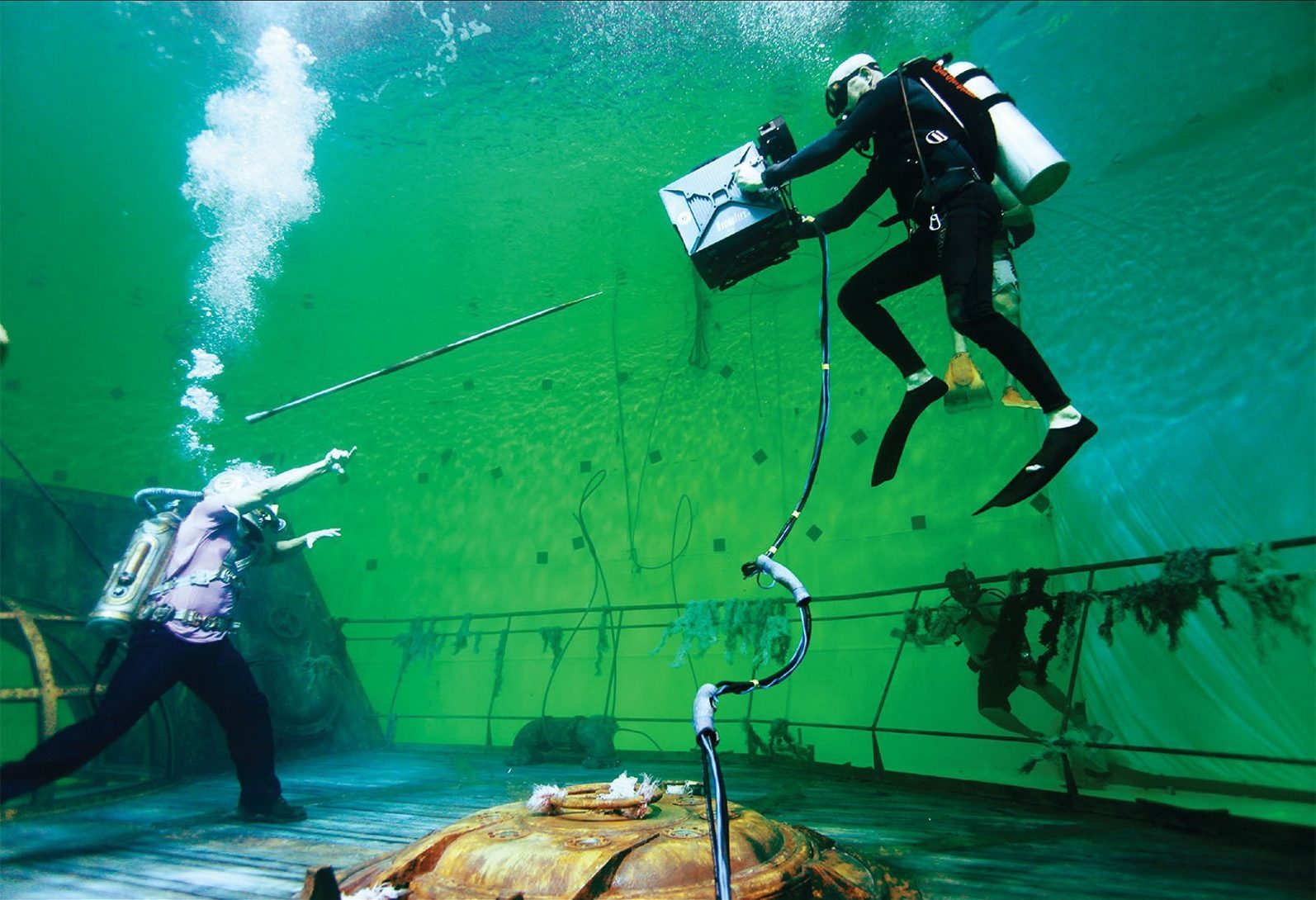
“I have the most amazing advantage in the ASC: I work with all these directors of photography! ASC members almost never get to work with each other.”
Further Innovations
Romano continues to be inspired by projects that call for new or custom solutions. For Alien Resurrection (shot by Darius Khondji, ASC, AFC; AC Nov. ’97), he created HydroFlos, adapting Kino Flo panels for underwater use; for The Perfect Storm (shot by John Seale, ASC, ACS; AC July ’00), he created the HydroFlex Splashbag; for Pearl Harbor (shot by John Schwartzman, ASC; AC May ’01), he created the two-axis HydroHead (which now includes a third-axis option for ethernet and Preston compatibility); for Mission: Impossible — Rogue Nation (shot by Robert Elswit, ASC; AC Aug. ’15), he built a housing for the not-yet-released Arri 65; for Dunkirk (shot by Hoyte van Hoytema, ASC, FSF, NSC; AC Aug. ’17), he created custom Studio and Handheld Splashbags for Imax 65mm cameras; and for Avatar: The Way of Water (shot by Russell Carpenter, ASC; AC Jan. ’23), he developed the SeaSun S30 SkyPanel, enabling underwater use of Arri’s popular LED solution.
“All this stuff I’ve built was a means to an end: to be able to work,” he says. “It got a little out of control, and I’m still building! I’m a driven man for sure.” He recognizes, too, that being a specialist puts him in a privileged position. “I have the most amazing advantage in the ASC: I work with all these directors of photography! ASC members almost never get to work with each other.”
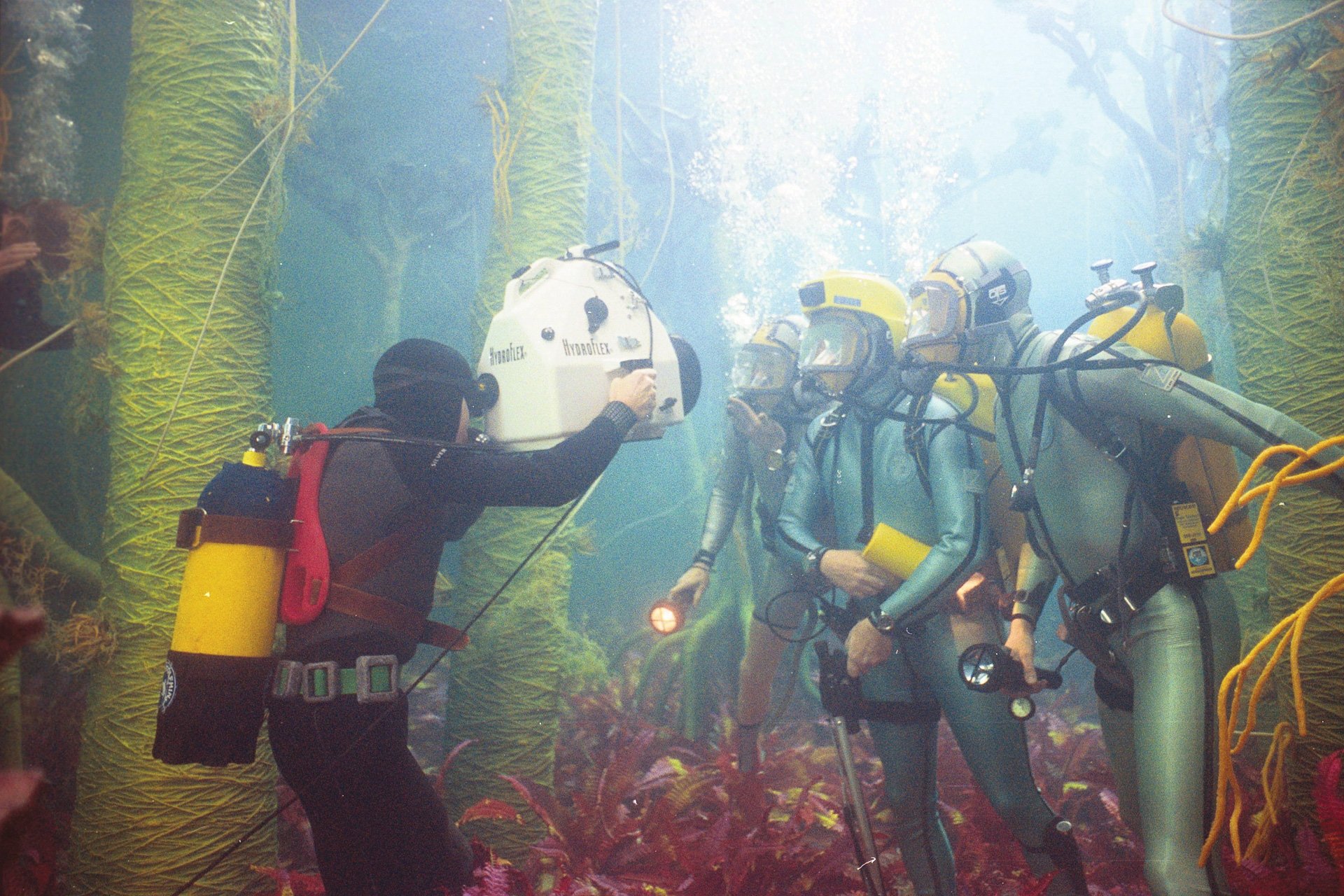
He enjoyed an especially fruitful collaboration with Schwartzman, who benefited from Romano’s range of expertise over the course of shooting three features for Michael Bay: The Rock (AC June ’96), Armageddon (AC July ’98) and Pearl Harbor. Schwartzman recalls, “I met Pete through my gaffer, Andy Ryan, who had worked on The Abyss, and I brought Pete onto The Rock as the underwater cinematographer. He taught me how you light underwater from above the water, and then he discussed why he’d recommend a flat port with a certain lens for one shot and a dome port with a certain lens for another, and as I listened to him, I thought, ‘This guy’s a filmmaker.’ Cut to Armageddon, where Pete was the only one NASA would allow to film underwater in the giant Neutral Buoyancy Tank because he was a Navy Diver — that’s Pete in there with the astronauts and the actors. The HMIs we put in the tank had to pass a tough NASA risk assessment first, and Pete was totally game for it. Then, on Pearl Harbor, I told him Michael Bay wanted to do crane shots where the camera started above the water and boomed down as much as 10 feet underwater, and vice versa. Nothing like that had been done before. Pete made the HydroHead for us in four months.
“He’s an innovator, a throwback to the great cinematographers of the 1910s, ’20s, ’30s and ’40s — if something didn’t exist, they figured out a way to build it,” Schwartzman continues. “I could always go to him and say, ‘Look, I want to do this, can it be done?’ And being both a cinematographer and an engineer, he could say, ‘Give me three weeks and I’ll get back to you.’ His joie de vivre, his constant innovation, is why I always went back to him. His work is spectacular, and he’s a problem solver.”
“A lot of my ideas, even inventions, were spurred by being on set and seeing what production was up against, what the crew was up against, and wondering how we could make it easier and better. All that time in production has definitely given me an advantage in designing things that work.”
“Go Out There and Get Cool Shots”
Romano says of all the films he’s worked on, Pearl Harbor was particularly resonant because of his Navy Diver background. While filming underwater during the sequence depicting the attack on the USS Oklahoma, he created one of the film’s most iconic shots: As the camera looks up at sailors treading water mid-battle, a war-torn American flag sinks into the depths, backlit by the sun.
“That’s pure Pete,” Schwartzman says. “You know, on a Michael Bay set, we probably had 10 other cameras going and Pete underwater, and Michael’s direction was, ‘Go out there and get cool shots.’ And obviously, that day Pete got the coolest shot. I don’t think we set that up for him, but he has a great eye, he knew how to put the camera in the right spot, and he knew the Michael Bay world and the story we were trying to tell. I never told him what to do. He’s a guy you can just turn loose.”
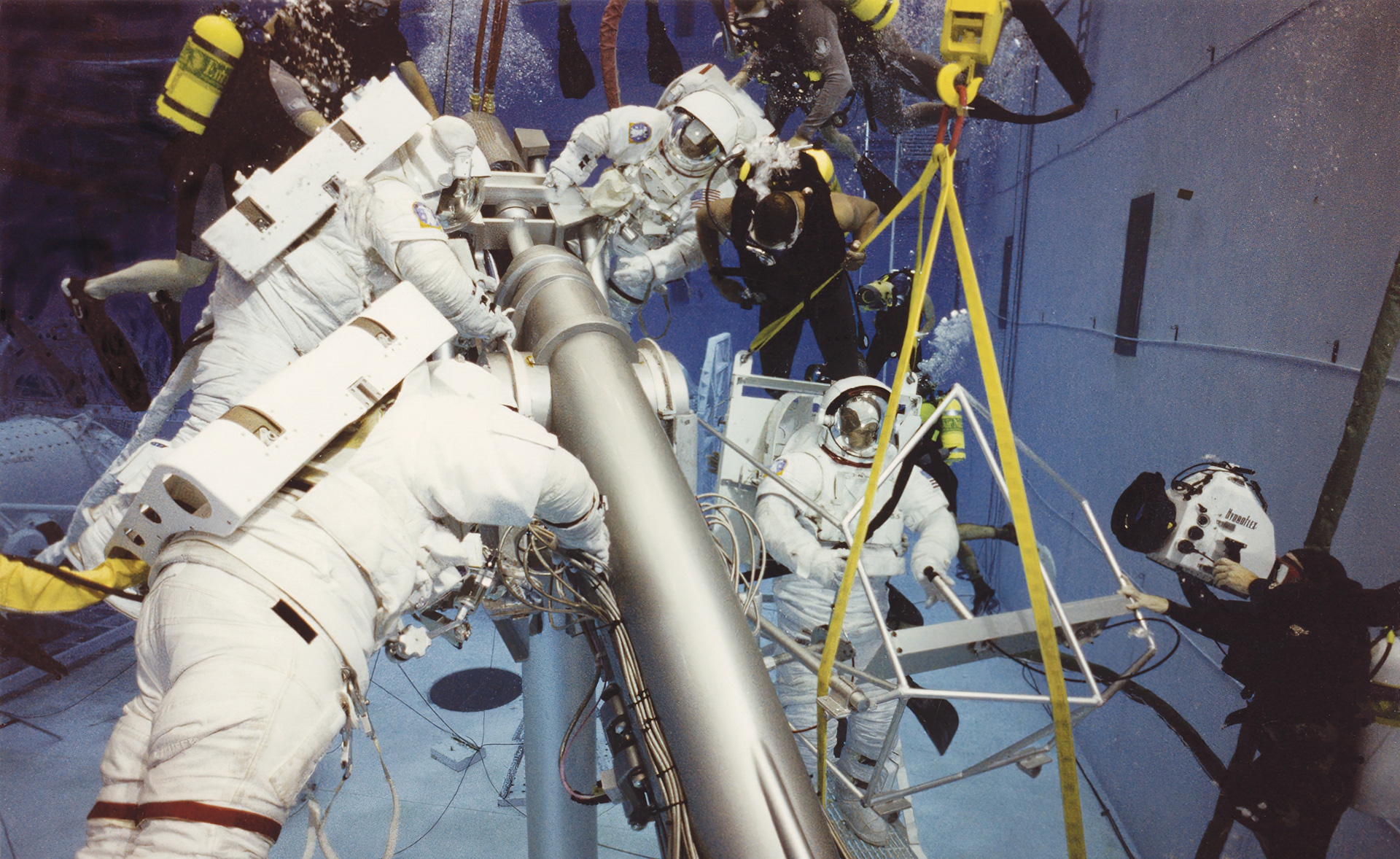
Connecting With History
Romano became an ASC member in 2007, after Schwartzman and fellow ASC members Matthew Leonetti and David B. Nowell put his name forward. Membership in the Society brought him one step closer to a professional forebear whose achievements still inspire awe in him today.
“My inspiration is an old ASC member named Lamar Boren, who shot underwater on Thunderball, You Only Live Twice and The Spy Who Loved Me — big films! He was a pioneer, one of the original members of the Bottom Scratchers, the first organized diving club in the United States. These were guys who’d go diving and bring up three abalone, but they were only snorkeling — no scuba gear. Thunderball is still the quintessential underwater fight scene, with spear guns, an amazing amount of coordination, and a lot of really good diving people who knew what to do. I don’t think you could do it today!”
Two of the housings and cameras Boren used on Thunderball occupy pride of place in Romano’s burgeoning collection of underwater memorabilia, some of which is displayed at HydroFlex headquarters in El Segundo. “It’s a very large building, and I’m thankful for that!” he says with a laugh. Other treasures include a quad Italian poster for Cousteau and Louis Malle’s Oscar-winning documentary The Silent World (1956) and a poster for the Williamson brothers’ 20,000 Leagues Under the Sea (1916), the first feature to be filmed underwater.
“It’s my history, and it’s near and dear to me,” Romano says. “We’re doing some great things today, but the pioneers built the foundation, and we’re just adding to it. I’m very passionate about what I do, but I certainly was not the first to do it. I’ve just taken the baton and moved it a spot.”
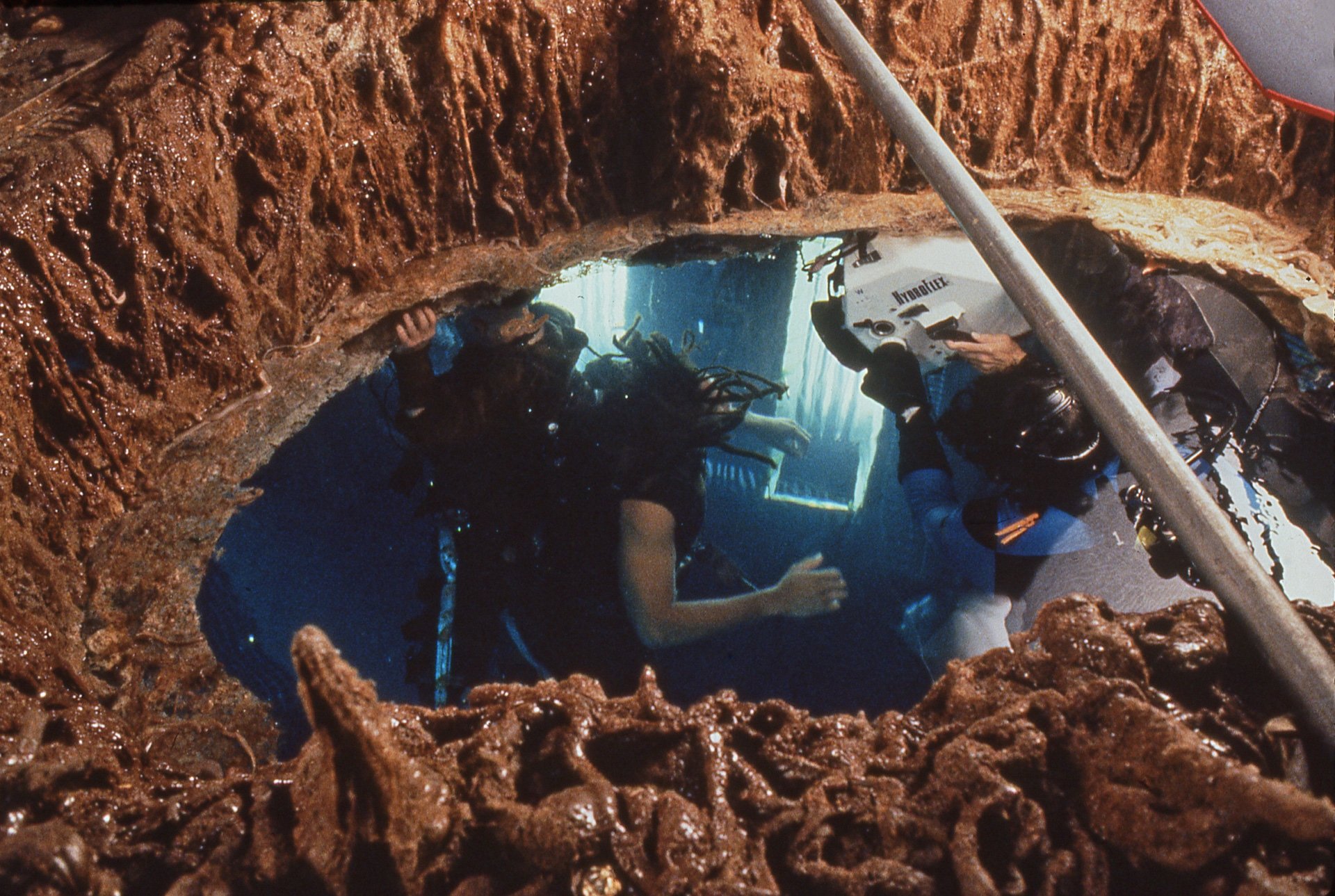
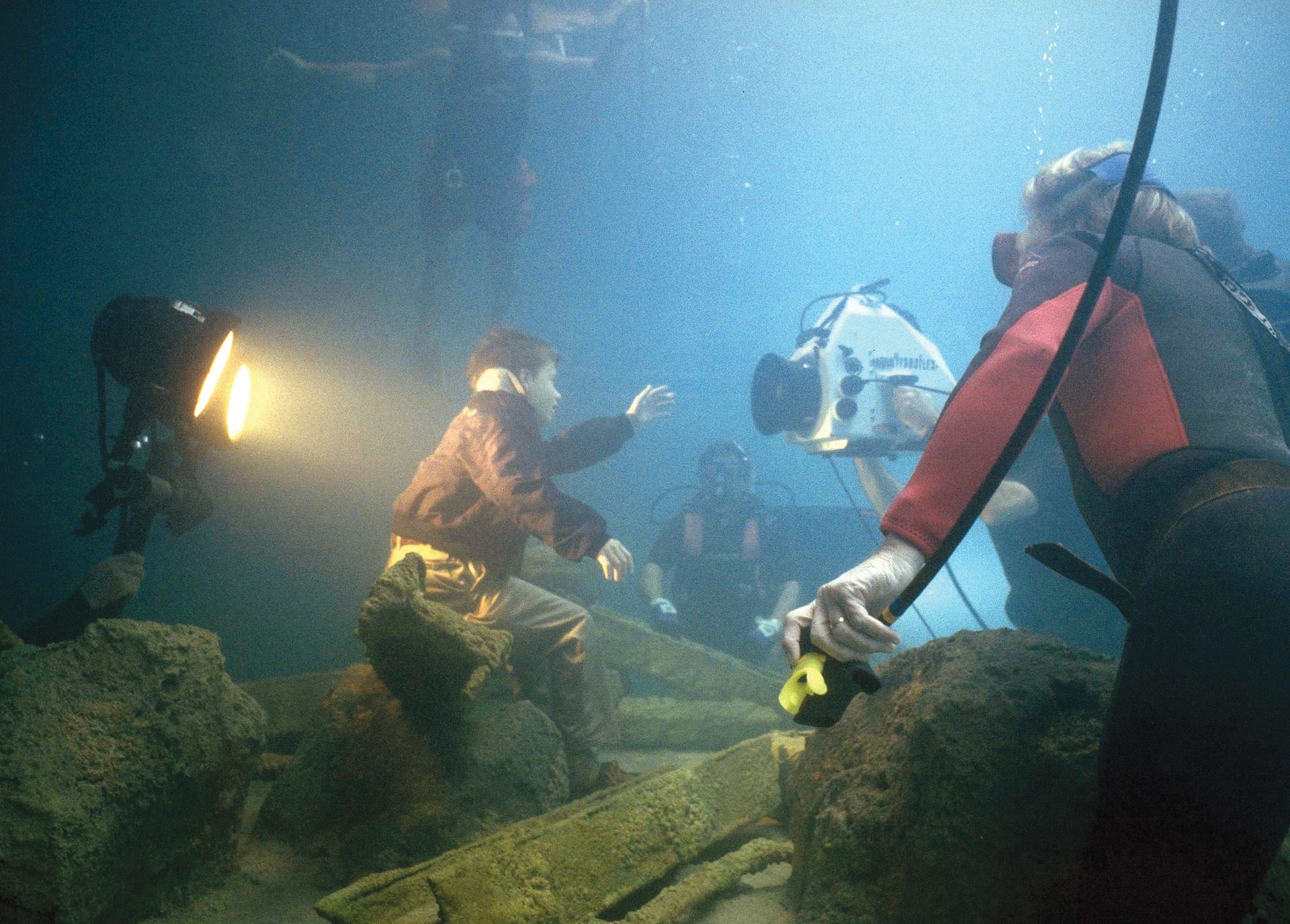
Deep Impact
Implicit in Romano’s selection for the honorary ASC Award is the collective conviction that he has made a much greater mark than that.
“In creating this award, we wanted to recognize people in our industry that affect our everyday lives as cinematographers and go over and above what normally is done,” says Charles Minsky, ASC, chairman of the Awards Committee. “These are people you can call 24 hours a day, and they don’t mind because they’re thinking about your problems as much as you were. When we started discussing the recipient this year, as soon as Pete’s name came up, everybody said, ‘Yeah, that’s perfect.’ He’s a brilliant, highly creative cinematographer who not only has a great eye, but is also creating state-of-the-art equipment that is ultimately going to help you do your job better. It’s really very rare to find somebody like that.”
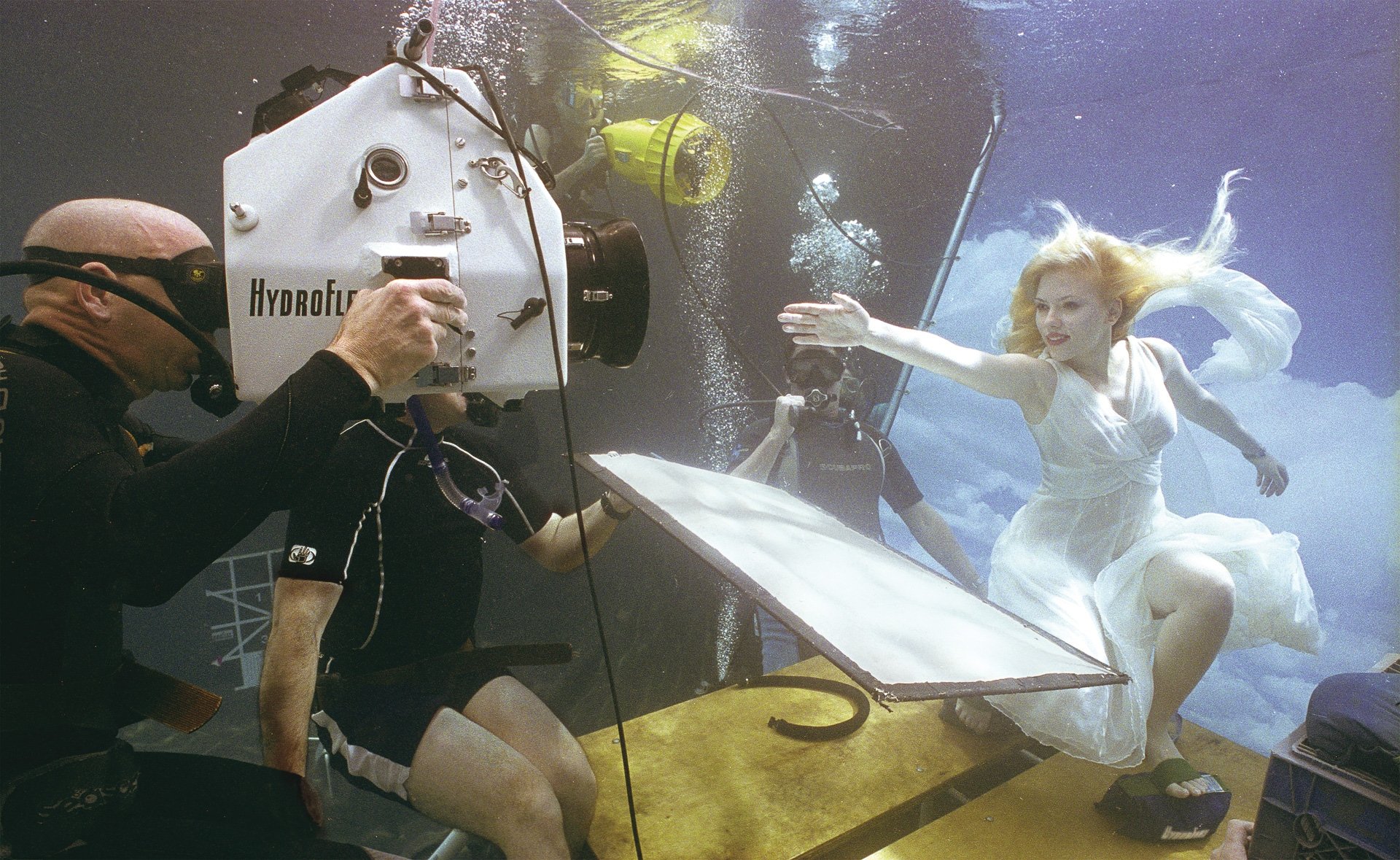
Further Reading

